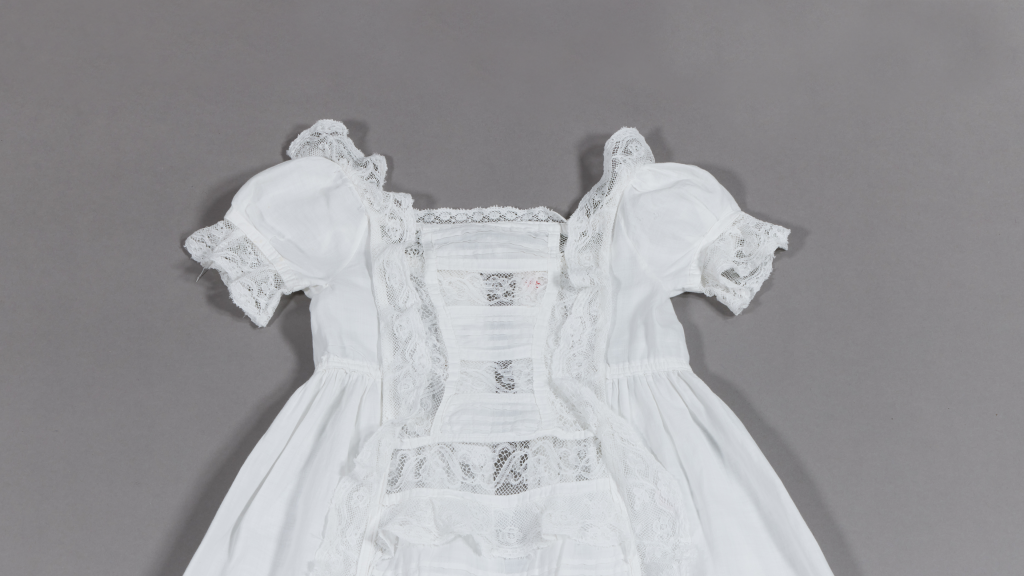
Christenings are an important life occasion. Surrounded by family and friends, parents lovingly hold their infant over the church font while a priest or pastor blesses the infant with consecrated water. A new infant is introduced to its community and the child’s name is formally announced. Historically, pregnancy and birth were very private affairs, and […]
Read More…
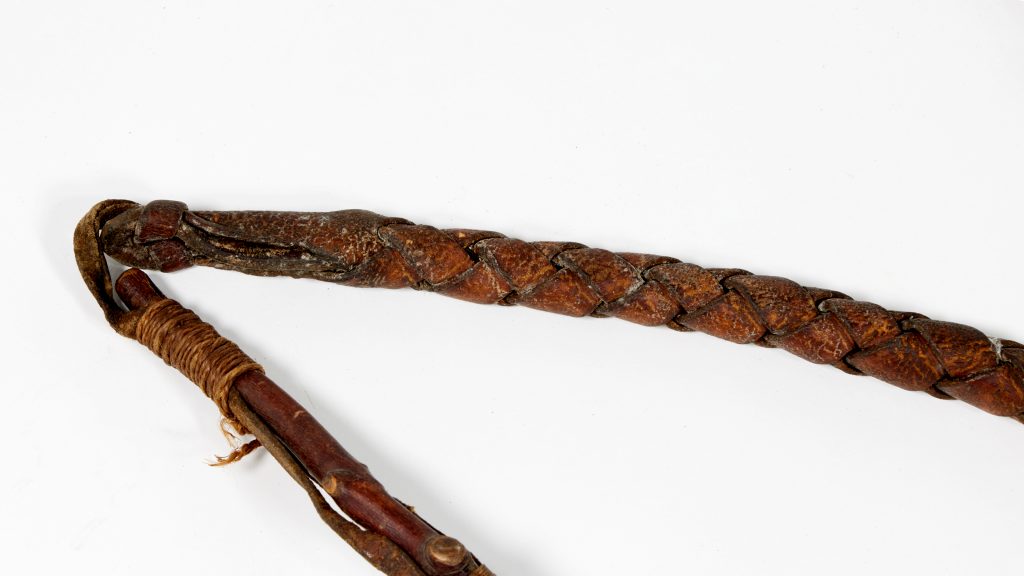
One day while Bert Jorgenson was in the bush near Berry, he found a strong-looking sapling branch, perfect for the purpose he had in mind. He needed a whip to use on his bullock teams that hauled the massive trees felled from the local forests. Rather than buy one readymade, Bert found what he needed […]
Read More…
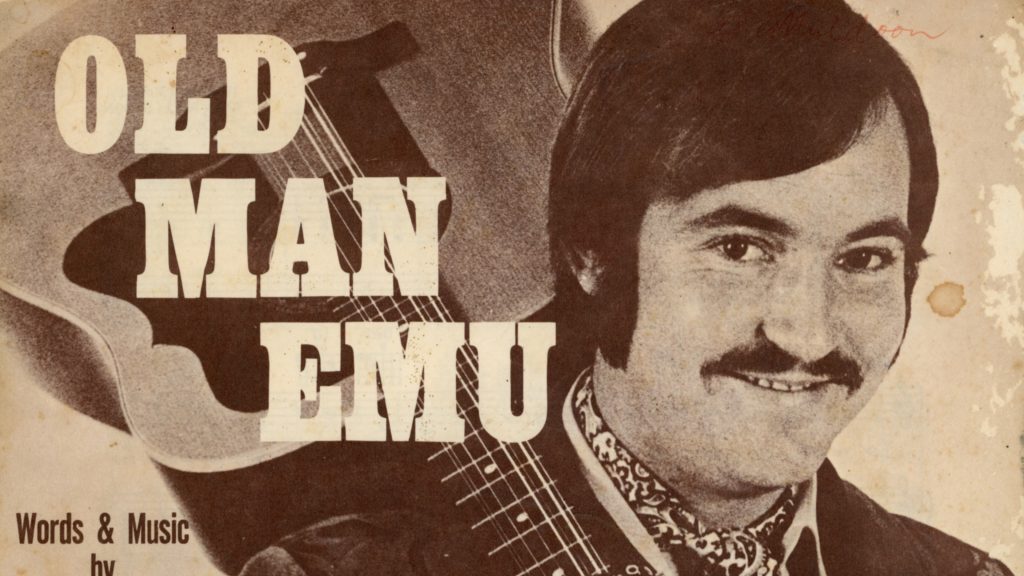
‘Now I can’t fly but I’m telling you, I can run the pants off a Kangaroo.’ These are the beloved lyrics of John Williamson’s song, Old Man Emu, featured here in an original Australian release of the song’s sheet music. John Williamson AM was born into a wheat farming family in 1945. In 1965 Williamson […]
Read More…
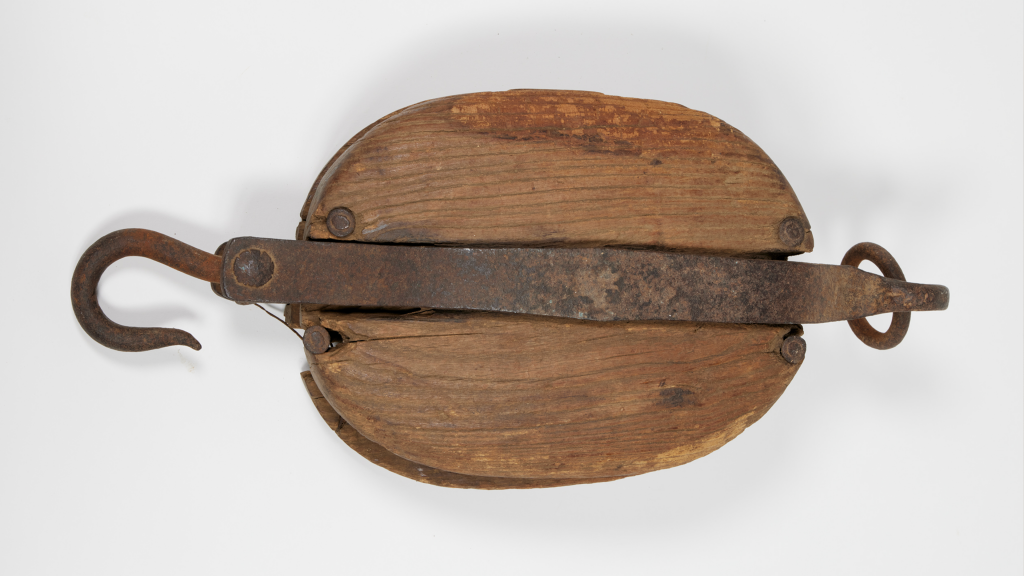
Two kilometres south of the town of Berry, on Broughton Creek in Dharawal Country, is a peaceful boat ramp. Today, when standing at this serene spot, it is hard to imagine the scene over one hundred years ago when the busy Berry Wharf was operated from here, by the Scottish-born settler David Berry (1795-1889). The […]
Read More…
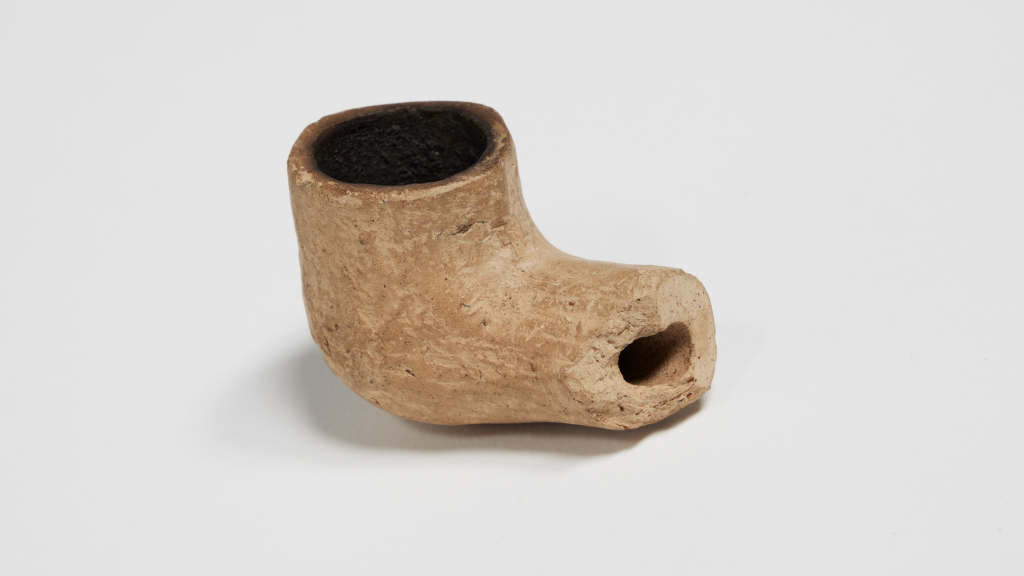
With everyday commodities rarely provided to Australian Prisoners of War (POW) held at the Changi Prison in Singapore during WWII (1939-1945), former prisoner Bob Kelsey recalled that he and others made a host of items from anything they could get hold of. This included smoking pipes, made from bamboo, guava wood, or clay like the […]
Read More…
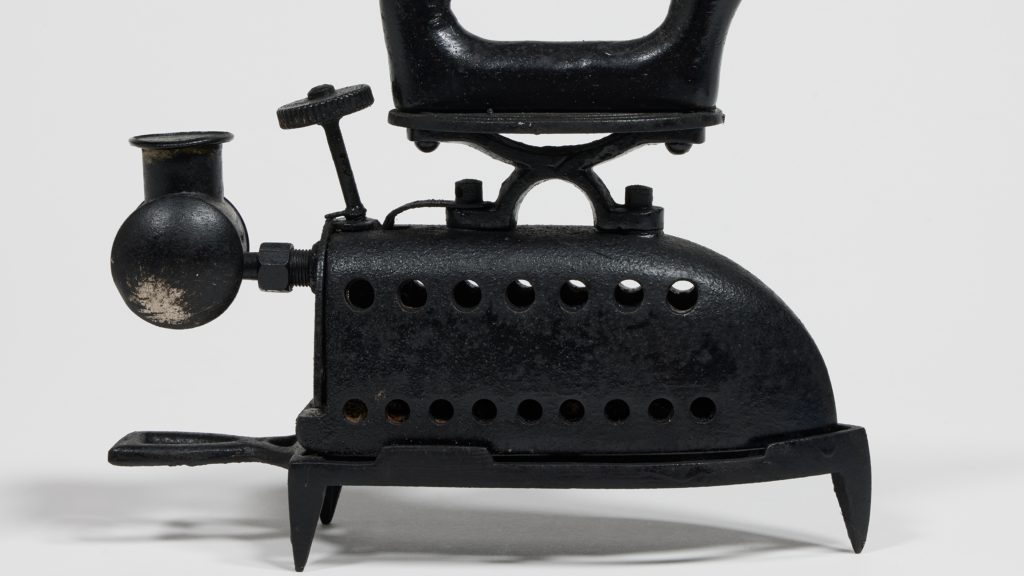
Imagine their curiosity, in about 1910, when young sister-spinsters Ada Maud (1888-1970) and Ella Mellshimer of Ulladulla learned that a self-heating fuel iron was available. They had grown up doing the ironing the hard way. Ironing had always been exhausting work, and hot. Maud and Ella had seen how their mother Mary smoothed the wrinkles […]
Read More…
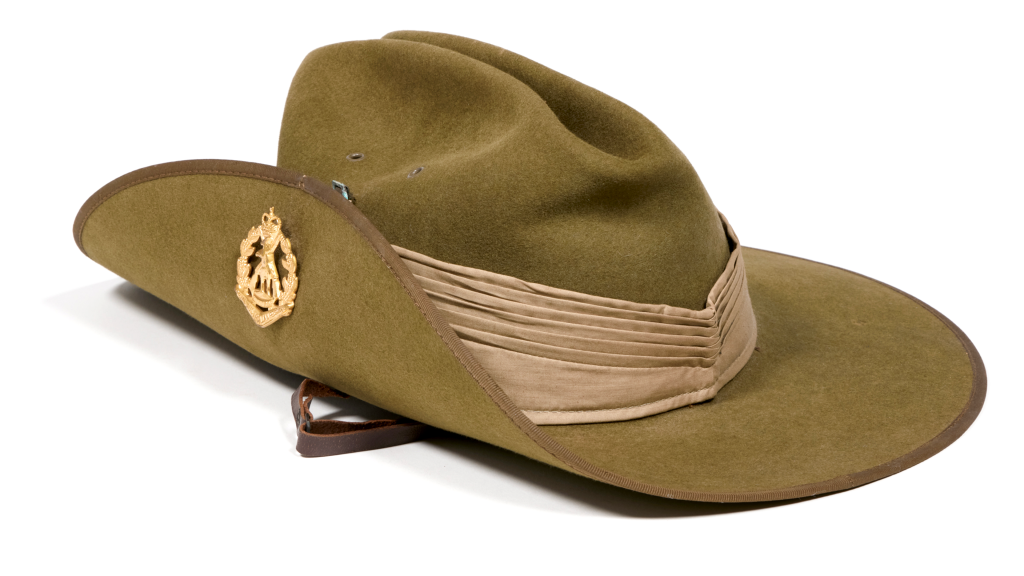
The slouch hat is a widely recognised Australian military icon. It’s distinctive design originated with the Victorian Mounted Rifles, whose soldiers wore an ordinary bush felt hat turned up on the right side. This prevented the brim from obstructing movement during drills, when a long firearm was transferred from the ground position to the shoulder […]
Read More…
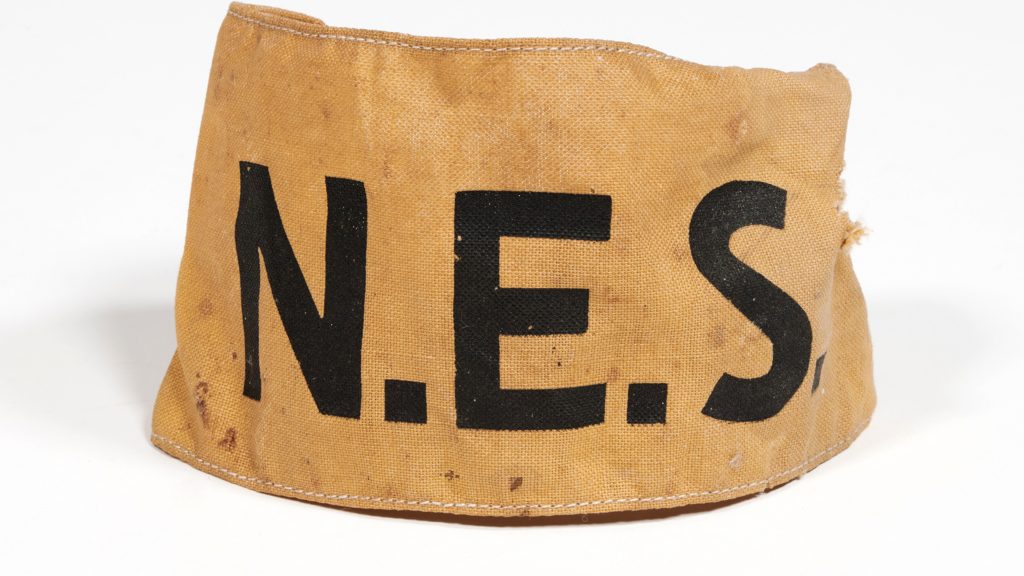
During the Second World War (1939 -1945), thousands of Australian civilians joined the special organisations that formed to support the war effort at home. Armbands were worn by these volunteers to identify them as members of these organisations, such as the Australian Women’s Land Army, the Australian Comforts Fund, Voluntary Aid Detachment, or the National […]
Read More…
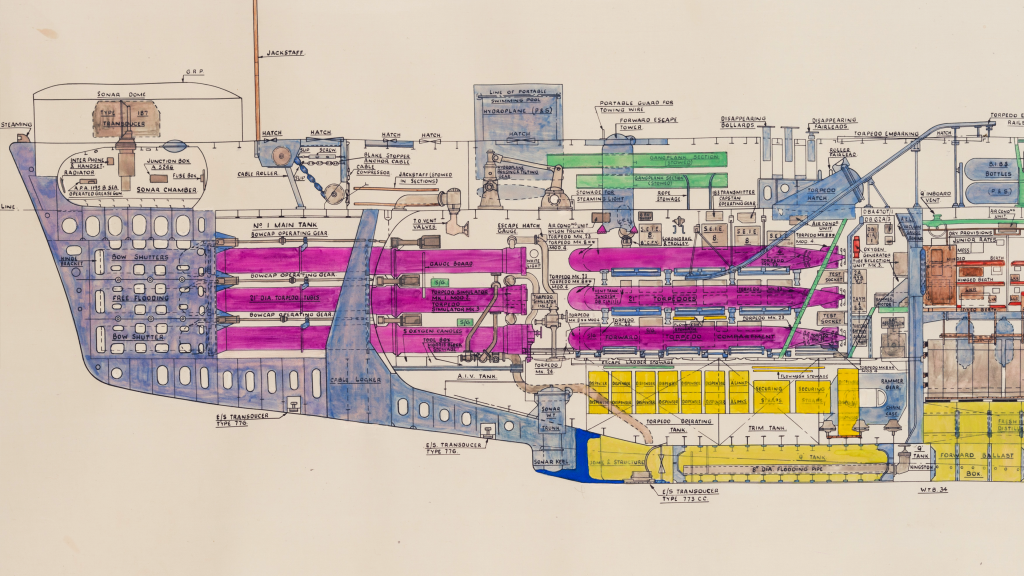
Scotts Shipbuilding and Engineering Company was in operation for 282 years and in that time they gathered some powerful clientele. Namely, the British Royal Navy and Royal Australian Navy (RAN). This is the plan for an Oberon-class submarine that the company would go on to build for the RAN in 1967, the HMAS Onslow. The […]
Read More…
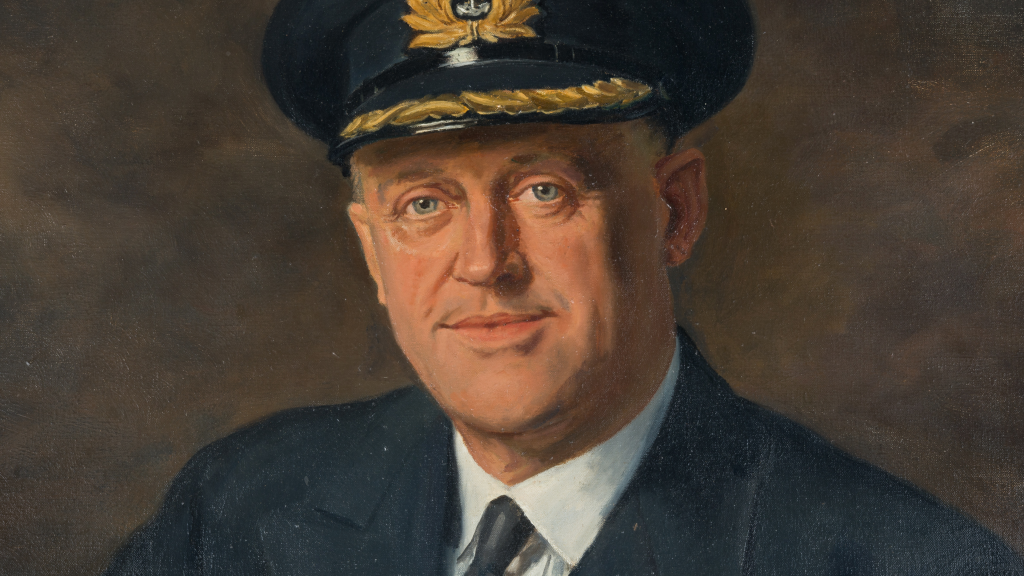
All together, it took nine hours. Nine hours spent in the shuddering, claustrophobic hull of a WWI-era submarine. Cautiously travelling beneath an underwater minefield to then torpedo a battleship, only able to return to the safety of the open ocean via the same treacherous stretch of water. What type of person is capable of such […]
Read More…











